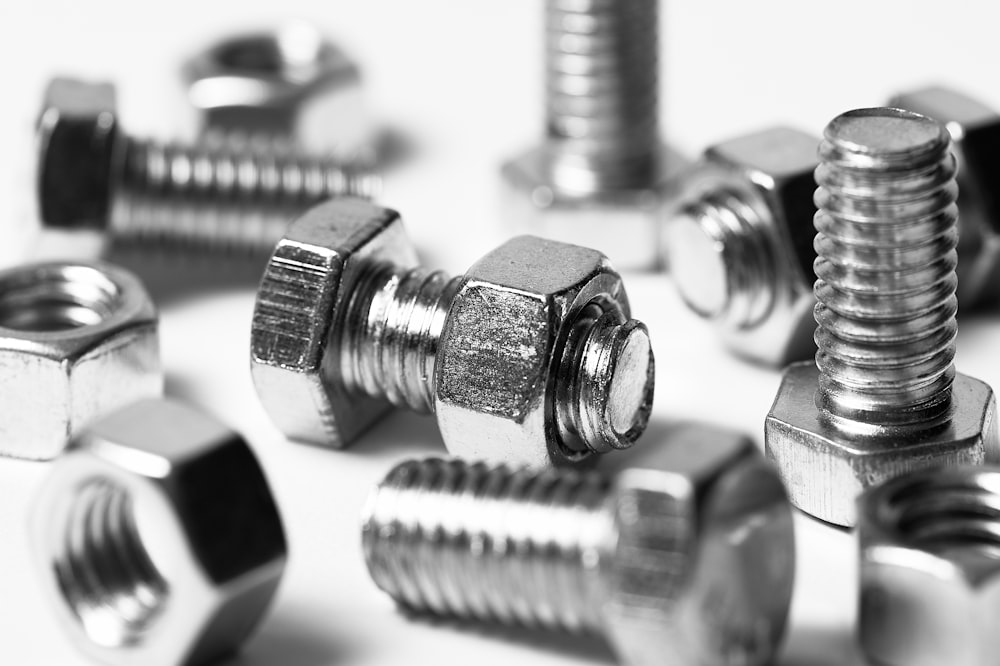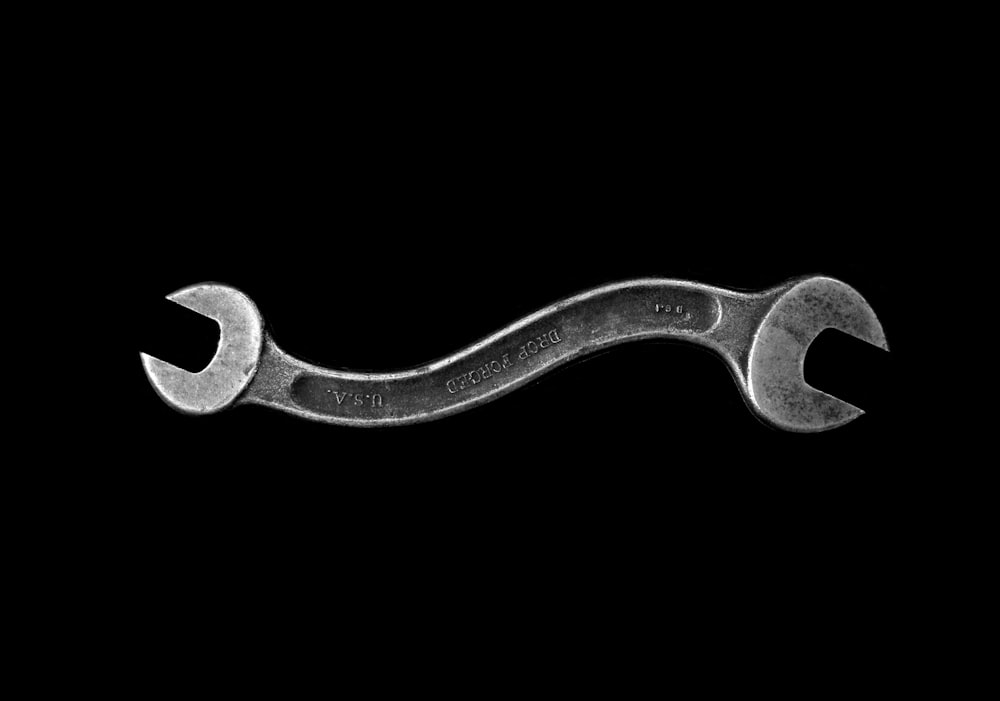Torque wrenches are crucial if you need to tighten lug nuts.
A Torque wrench prevents catastrophe and leads to accurate results.
Below we will explain what a torque wrench is when one should be used, if a torque wrench is the right tool, how one should be used, and some dos and don’ts you should follow.
Table of Contents
How to use a Torque Wrench
- The threads should be clean, rust-free, dry, and not damaged.
- Hand-tighten the nut or tighten it with a wrench.
- Check the shop manual to find the correct prescribed torque.
- Use a torque wrench with the correct torque values.
- You should tighten the nut until a click can be heard, and then back off.
- Continue pressing until a second click is heard. Keep the clicks to two.
- It has been tightened properly now.
What Does Torque Mean?
Applied at a distance from the rotational axis, torque is the rotational force of a rotating object.
Torque is more commonly referred to as a twisting force.
Every time you twist or turn a screwdriver, a wrench, or a knob, you provide torque to an object.
There are a number of common measures of torque, including feet-lbs, inches-lbs, and Newton-meters.
A torque of 100 ft-lbs is applied when 100 pounds are put on the end of a 1-foot-long wrench to tighten a bolt.
To increase the amount of torque you apply (distance from which the force is applied), either you can apply additional force or you can increase the moment arm. 200 pounds of force is required to exert 200 ft-lbs of torque on a 1 ft wrench handle.
By exerting 100 pounds of force on the handle of a 2-foot wrench, you can apply 200 ft-lbs of torque.
What Is The Importance of Torque?
The purpose of torque specifications in automotive or other mechanical applications is to make sure that nuts and bolts are properly tightened to a calibrated level. A nut that is too loose may come loose due to vibration or another force. Such situations are obviously undesirable.
The threads can actually be damaged when a nut is overtightened, stretching a stud, or even breaking it!
Nuts and bolts that are frequently removed and reinstalled (lug nuts, for example) should not be overtightened.
Exactly why?
Since overtightening will bend the threads slightly more each time, the next time the nut is tightened, even more force will be needed to get the desired tightness.
The threads could eventually deform in one spot, resulting in a nut that won’t fit or a shaft that breaks.
Without a torque wrench, most people overtighten nuts in the vast majority of cases! The most common example is the lug nut that holds wheels onto the vehicle. Warped rotors result from overtightening of lug nuts, resulting in pulsating and vibrating brakes.
We built a guide that goes over a couple of different Torque Wrenches that could quite literally change your garage experience.
If that guide isn’t enough, we go over buying a torque wrench in a much broader way here at what torque wrench should I buy.
How to Use a Torque Wrench Properly
Torque wrenches are used to tighten nuts and bolts to a predetermined level of tightness. Engineers who design the part determine this value as the specification between too tight and too loose. Anyone can achieve the correct torque specification with a calibrated torque wrench, so long as it is used correctly.
Setting The Torque Value With Click Torque Wrenches
Torque settings on a click-adjustable wrench are relatively straightforward, but require familiarity with vernier style gauges.
- To loosen the torque wrench, the knurled locking nut must be loosened.
- Turn the knurled handle until the top edge of its knurled handle meets the top edge of your torque scale once the torque value is set.
- This setting should be locked in by tightening the locking nut at the end of the wrench.
- For tightening the equipment, use the torque wrench.
- Set the wrench to zero before storing it after using the wrench. Loosen the locking nut and retighten the nut after using the wrench.
- Click-adjustable torque wrench manual walks through the process.
A sample setting of torque is shown here. 76 ft-lbs will be the torque wrench setting in this case.
Step 1: Rotate the handle to the right torque
As a starting point, we use a torque setting of zero, since this setting should always be kept at zero. The torque can then be increased by simply twisting the handle. Since the black handle hits the line that indicates 70, and the numbers 0 on the handle are aligned with the centerline, the torque value is 70 ft-lbs. Since the centerline of the 6 on the handle is (nearly) aligned with the top edge of the black handle, torque values are 76 ft-lbs in the photo below.
Step 2: Apply the torque wrench
Then tighten each lug nut in a star pattern with the torque wrench. Observe how to hold the torque wrench: with one hand on the head, firmly press it onto the nut while rotating it about the nut’s axis. Using another hand, firmly apply force with your hand on the handle of the wrench.
Step 3: Set the torque wrench back to zero after use
Lie down the wrench on its knurled locking knob. Loosen the knob as much as possible, then turn the wrench handle until the reading is again zero.
Selection of Torque Wrenches
Torque wrenches come in a variety of types. Listed below are the types, advantages, and disadvantages of each, along with the most common ones.
In order to choose the right size drive, you must first determine the amount of space you will need.
This usually translates into 3/8′′ drives. The 1/2′′ drive is the better choice for most automotive applications because it has a larger maximum torque value.
Adaptable Torque Wrench Click
One of the most common torque wrenches is the click adjustable.
Torque wrenches of this type are extremely accurate.
An audible click indicates that the torque dialed in is being reached, and a small movement of the wrench indicates the proper torque.
Torque Wrench for Beams
Old-style beam torque wrenches are available. They’re often inexpensive and simple to use. There are fewer of these available nowadays.
To operate the beam torque wrench, it is necessary to bend the wrench arm.
The corresponding torque value is displayed on a placard.
A needle pointing to the right torque value should be used to tighten.
Make sure you’re using the right tool for the job, or you will not be getting accurate results!
Torque Wrench for Digital Electronic
Since the torque value is displayed on a digital screen, the digital electronic torque wrench is the easiest to read.
The cost is higher than other torque wrench types, but the torque value is not required to be set ahead of time.
Tips for Using a Torque Wrench
Torque wrenches should also be used in a manner that keeps in mind other considerations besides how to use them correctly.
Here are a few of them.
Sequentially Tighten your Torque Wrench
The order in which nuts or bolts are tightened can be as important as the torque.
To ensure that the wheel is properly seated when tightened, 5-bolt lug nuts are typically tightened in the shape of a ‘Star’.
Modified Star Pattern
A blown head gasket can be avoided by using cylinder head bolts as well. Such cases usually involve multiple stages of tightening the bolts, in addition to aligning them in a specific order.
Three tightening rounds, for example, can be effective in ensuring even compression throughout the head gasket.
Factors of Torque Conversion
Typically, torque specifications need to be expressed in terms of units. The difference between foot-pounds and inch-pounds is 12 (12 inches equal to one foot).
Be aware of how your torque wrench measures torque. Make sure you’re using the right scale on your wrench because many of them have multiple scales.
You can use these units of torque conversion factors to do so.
- 125 in-lbs = 1 ft-lb
- 1.36 ft-lb = 1 ft-lb
- 0.74 ft-lbs = 1 N-m
- 1 in-lb = 0.0832 ft-lbs
- 113 N-m = 1 lb-ft
Torque Multipliers
A torque wrench can provide less torque than the torque specification required in some cases. Such situations require the use of a torque extender.
Torque extenders work by increasing the moment arm of force applied by increasing the length of the arm. This method applies the torque applied on the torque wrench directly to the end of the torque extender, which in turn extends it at another distance from the axis of rotation.
In reality, you are applying more torque than measured on the torque wrench when you use a torque extender.
Calculate which setting on the torque wrench to use in order to apply the proper torque using the following formula.
A wrench’s setting equals the desired torque times the length of the wrench and the length of the wrench with the extender.
For instance, if you want 200 ft-lbs of torque, and you want the wrench to be one foot long, and the extender is 0.5 feet long, then your wrench is set to: The wrench set is 200 * (1 / 1.5 ) equals 133-foot pounds.
Measure from the center of the handle grip to the center of the axis of rotation when measuring the length of your wrench. Torque extenders are quite simple to make. This is an example of how a friend of mine made his own torque extender by pulling a piece of pipe through a hole in it.
An end of the pipe was welded with a good-sized nut, and the other end was drilled with a hole.
Whenever he is using the socket, he attaches it to the nut welded onto it. The socket is attached to a torque wrench.
It is used in conjunction with another socket. Upon insertion of a pin through the pipe, that pin aligns with a matching hole in the socket wrench. We need to do this so we can determine the precise length of the extension.
The torque extension shown here was used to tighten an axle nut on a Toyota Sienna.
Torque Extensions for Sockets
When using a torque wrench, socket extensions are perfectly acceptable.
It can, however, make it a bit more difficult to apply torque squarely, as a result. You must ensure your extension is not angled, even slightly, in a way that would result in more torque being applied.
What you need to know about using a torque wrench:
Do:
- When you are finished using the torque wrench and putting it away, reset it to zero.
- The owner’s manual may contain torque specifications. Visit the manufacturer’s website for more info. Be sure not to guess!
- Carefully handle. You shouldn’t mix and match this calibrated instrument with any other tools. Ensure that its case is intact.
- Don’t apply force to anything else. To calculate torque, apply force to the handle. The torque value will vary if pressure is applied to another part of the wrench.
- As you tighten the nut, make sure that the wrench is squarely on it. It is important to apply force at a 90° angle to the axis of rotation at the handle. There should be a balanced load on the pivot point.
Don’t:
- Keep the torque wrench from being forced after it clicks. That would be counterproductive!
- Torque wrenches can’t be used as breakers. Because the mechanism is a breaker bar, it can be tempting to use the wrench as a breaker bar.
- Unless instructed by the manufacturer, do not lubricate threads when tightening. Keep threads dry and clean when tightening.
- Torque wrenches should never be dropped. They can become significantly out of calibration when dropped.
Final Thoughts, Torque Wrench Recap
When tightening nuts and bolts to specification, the proper use of a torque wrench not only keeps your parts safe, it also extends their life.
- How Do Torque Sticks Work? (The Truth) - May 27, 2022
- Is a Torque Wrench Necessary for Wheels? (Answered) - May 26, 2022
- Power Torque Tools (What We Know) - May 22, 2022








